Indian cricketer Suryakumar Yadav recently underwent surgery in Europe to address a sports hernia. The 34-year-old athlete shared an update on his Instagram account, stating, "Life Update: Underwent surgery for a sports hernia in the lower right abdomen. Grateful to share that after a smooth surgery, I’m already on the road to recovery. Can’t wait to be back." But what exactly is a sports hernia, and how does it differ from a regular hernia? Let's delve into the details.

A sports hernia, also known as athletic pubalgia, is a painful injury that affects the soft tissues in the lower abdomen or groin area. Unlike a traditional hernia, a sports hernia doesn't present as a visible bulge. Instead, it involves a tear or strain of muscles, tendons, or ligaments in the groin region, leading to persistent pain that intensifies with sudden movements.
Athletes like Suryakumar Yadav, who participate in sports that require sudden changes in direction, twisting motions, or intense forceful movements, are particularly susceptible to sports hernias. These activities can include batting, fielding, soccer, football, hockey, and wrestling.
Unlike an inguinal hernia, where an organ or tissue protrudes through a weakened muscle, creating a noticeable lump, a sports hernia involves a tear or weakness in the muscles or tendons without any visible protrusion. This characteristic makes sports hernias challenging to diagnose, but they can cause significant pain and discomfort, especially during physical activity.
The primary symptom of a sports hernia is pain in the groin or lower abdomen. This pain can manifest suddenly at the time of injury or develop gradually over time due to repetitive movements. Key symptoms include:

Due to the absence of a bulge and the pain's spread across a wide area, pinpointing the exact location of the hernia can be difficult. The injury's pain can also cause stiffness and soreness after sports or exercise, making it challenging to continue physical activities.
A sports hernia results from repetitive movements that strain the muscles and tendons in the lower abdomen and groin. The injury occurs when these soft tissues are stretched or torn due to sudden twisting of the pelvis.
Common causes include:
Treatment for a sports hernia depends on the severity of the injury. Available options include:
Avoiding activities that exacerbate the pain, particularly twisting and sudden movements, allows the tissues to heal, although this process can be lengthy.
A structured rehabilitation program focuses on strengthening the abdominal and hip muscles, improving flexibility, and correcting muscle imbalances. Physical therapy is often the initial treatment approach.
Nonsteroidal anti-inflammatory drugs (NSAIDs) can help alleviate pain and inflammation, although they do not address the underlying issue.
If symptoms persist, surgery may be necessary to repair the torn tissues. Surgical options include repairing or reinforcing the damaged tendons and muscles around the pubic bone. Surgery typically leads to a successful recovery and a gradual return to sports.
Newer articles
Older articles
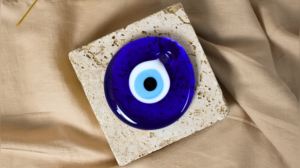 Evil Eye Amulet: Protective Charm or Portal to Dark Forces? A Cultural Debate
Evil Eye Amulet: Protective Charm or Portal to Dark Forces? A Cultural Debate
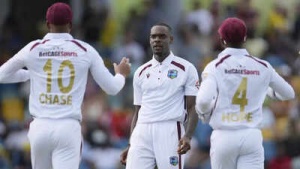 Jayden Seales Fined by ICC for Provocative Gesture During Australia Test Match
Jayden Seales Fined by ICC for Provocative Gesture During Australia Test Match
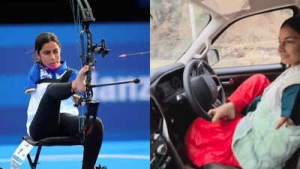 Paralympic Archer Sheetal Devi's Viral Video Shows Her Driving Car with Feet, Defying Expectations
Paralympic Archer Sheetal Devi's Viral Video Shows Her Driving Car with Feet, Defying Expectations
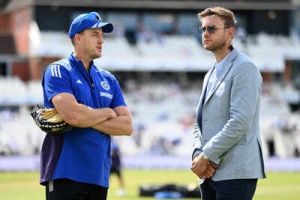 Broad Slams India's Team Selection After Headingley Test Loss, Calls for Roster Tweaks at Edgbaston
Broad Slams India's Team Selection After Headingley Test Loss, Calls for Roster Tweaks at Edgbaston
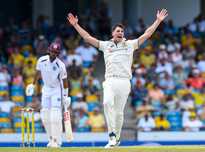 Umpire Controversy Erupts: West Indies Coach Sammy Questions Holdstock's Consistency in Barbados Test
Umpire Controversy Erupts: West Indies Coach Sammy Questions Holdstock's Consistency in Barbados Test
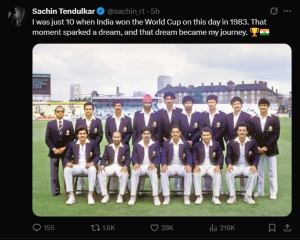 Sachin Tendulkar: 1983 World Cup Win Sparked My Cricket Dream at Age 10
Sachin Tendulkar: 1983 World Cup Win Sparked My Cricket Dream at Age 10
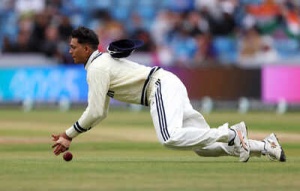 Jaiswal's Fielding Woes: Ex-India Star Kaif Points to Potential Cause for Dropped Catches in England Test
Jaiswal's Fielding Woes: Ex-India Star Kaif Points to Potential Cause for Dropped Catches in England Test
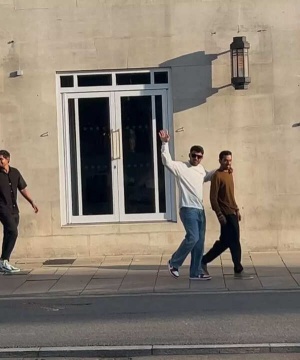 Team India's England Tour: Rahul's Sleep Strategy, Coaching Rituals, and Coffee Culture Revealed
Team India's England Tour: Rahul's Sleep Strategy, Coaching Rituals, and Coffee Culture Revealed
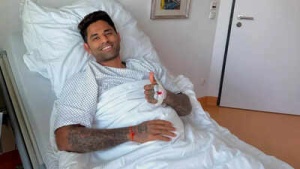 Suryakumar Yadav Successfully Completes Sports Hernia Surgery, Eyes Return to Cricket
Suryakumar Yadav Successfully Completes Sports Hernia Surgery, Eyes Return to Cricket
 Gujarat Cricket Set to Launch T20 League in 2025-26 Season
Gujarat Cricket Set to Launch T20 League in 2025-26 Season